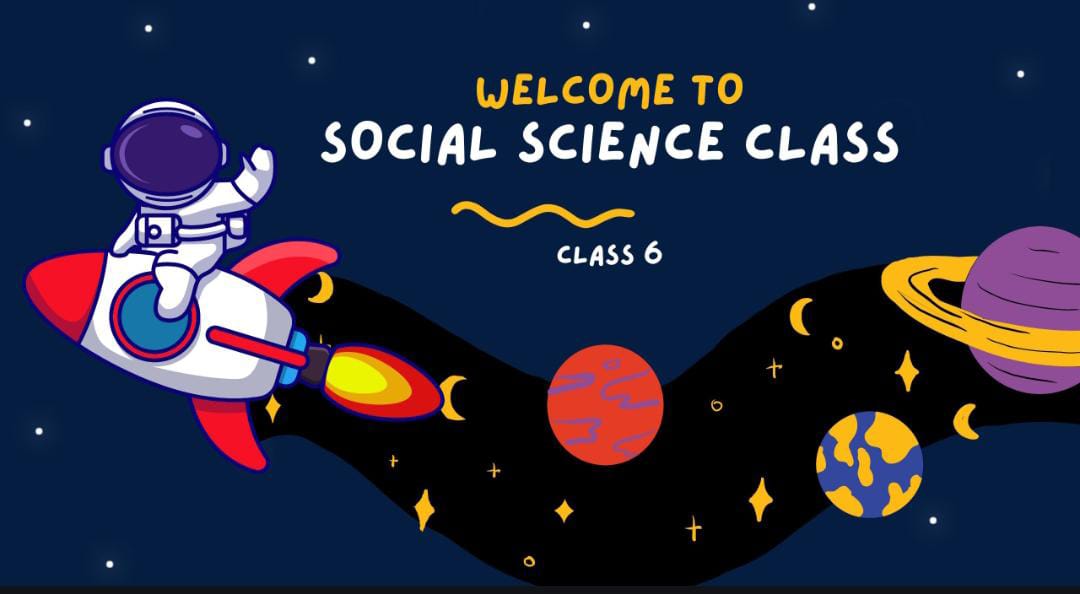NCERT Class VI – History

About Course
The NCERT Class 6 History textbook is designed to introduce young students to the fascinating world of history through engaging and age-appropriate content. Here’s a general description of what you can expect:
—
### NCERT Class 6 History: Our Past – I
**Overview:**
The Class 6 History textbook, titled “Our Past – I,” is part of the National Council of Educational Research and Training (NCERT) curriculum for Indian schools. It aims to provide students with a foundational understanding of history through simple, clear, and engaging narratives. The content is designed to help students connect with the past and understand the roots of our present.
**Key Themes:**
1. **Introduction to History:**
– Understanding what history is and why it is important.
– Introduction to sources of history such as artifacts, manuscripts, and oral traditions.
2. **Early Humans:**
– Exploration of early human life and how people lived during the Stone Age.
– The development of tools, hunting, and gathering, and the transition to settled life.
3. **The First Farmers and Herders:**
– The shift from hunting-gathering to agriculture and animal husbandry.
– The emergence of farming communities and the growth of villages.
4. **Early Societies and Kingdoms:**
– Overview of early civilizations in India, including the Indus Valley Civilization.
– The rise of early kingdoms and their social and cultural practices.
5. **Ashoka:**
– A detailed look at Emperor Ashoka of the Maurya Dynasty.
– His contributions to governance, society, and the spread of Buddhism.
6. **Life in Medieval India:**
– A glimpse into the lives of people during the medieval period.
– Key features of medieval society, including administration, trade, and culture.
7. **The Delhi Sultanate:**
– Introduction to the Delhi Sultanate and its impact on Indian history.
– Insights into the political and cultural developments of the time.
8. **The Mughal Empire:**
– A focus on the Mughal Empire, its rulers, and their contributions to Indian history.
– The cultural and architectural achievements of the Mughal period.
**Features:**
– **Illustrations and Maps:** Richly illustrated pages and maps to help visualize historical events and concepts.
– **Activity-based Learning:** Engaging activities and questions to encourage critical thinking and a deeper understanding of history.
– **Storytelling Approach:** History is presented through stories and narratives that make it easier for young students to relate to and remember.
**Educational Goals:**
– To foster an appreciation for history and its role in shaping the present.
– To develop basic historical skills such as understanding timelines, cause and effect, and interpreting historical evidence.
– To encourage curiosity about the past and its relevance to contemporary society.
—
This textbook aims to lay a strong foundation for students by making history accessible and enjoyable, setting the stage for more advanced historical study in later years.
Course Content
Chapter 1: Introduction: What, Where, How and When?
Chapter 2: From Hunting – Gathering to Growing Food
Chapter 3: In the Earliest Cities
Chapter 4: What Books and Burials Tell Us
Chapter 5: Kingdoms, Kings and an Early Republic
Chapter 6: New Questions and Ideas
Chapter 7: From a Kingdom to an Empire
Chapter 8: Villages, Towns and Trade
Chapter 9: New Empires and Kingdoms
Chapter 10: Buildings, Paintings and Books
Student Ratings & Reviews
